How do fires contribute to short- and long-term carbon emissions?
Continued pressure from land cover change, global warming and ecosystem fragmentation have led to increased concerns about the future role of forests in the global carbon cycle, potentially turning sink to source. Nevertheless, the limited understanding about “what” is burning has hampered robust analysis of the relative contributions from herbaceous and woody fuels along with long-term impacts on forested systems (e.g. tree mortality).
We will use our new fire type classification to investigate this question across a gradient of global forests, including tropical forests, woodlands and boreal regions, each facing unique challenges from land use and climate alterations. In particular, the unique combination of active fire detections from constellations of SLSTR and VIIRS instruments will provide unprecedented information about fire location, diurnal behaviour, and intensity which we will combine with information of land cover and fuels to estimate fire types.
Across the tropical forests of Brazil and Woodlands of southern Africa we will use our classification to separate fires associated with land clearing (deforestation, slash and burn) from understory forest fires and fires that burn across open cover types. In the boreal regions we will use our novel approach to separate stand-replacing crown fires from less damaging ground fires.
We will link these fire types with estimates of fuel and combustion completeness from bottom up and top-down constraints to separate “short lived” from “long lived” carbon emissions. Finally, we will use our findings to optimise an ecosystem model and understand long term effects of different fire types on the carbon cycle. A key question we will answer based on this approach is the “atmospheric lifetime” of both direct and committed carbon emissions from different fire types, or in other words, how long it takes for an ecosystem to recover following fire. We will also explore questions around ecosystem stability, to investigate which systems are at particular risk of shifts in vegetation composition and biomass following fire.

